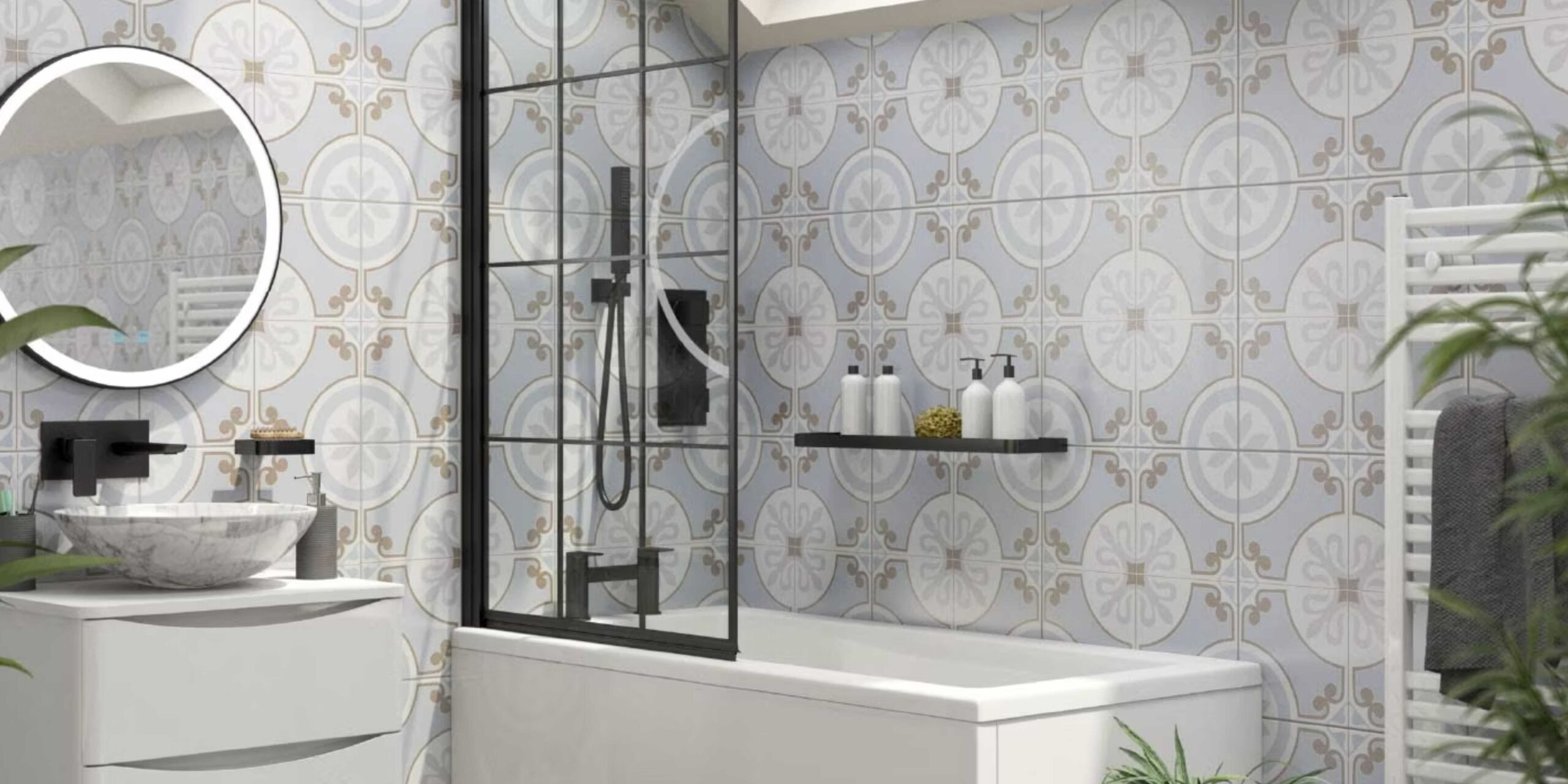Updating your space with new tiles is a great way to refresh the look of your home, but it can be tricky when you’re trying to match new porcelain tiles to existing ones. Whether you’re extending a tiled area, replacing damaged tiles, or simply adding a new feature, finding the right match is crucial to maintaining a seamless and cohesive design. The good news is, that with a bit of patience and a few smart strategies, you can achieve a look that blends beautifully with your current tiles with HighTiles.
In this guide, we’ll walk you through everything you need to know about matching new porcelain tiles to existing ones, from understanding the key factors to consider, to practical tips for making the best selection.
1. Assess Your Existing Tiles
Before you start shopping for new tiles, it’s essential to thoroughly understand the characteristics of your existing tiles. This will serve as the foundation for finding the best match.
1.1 Tile Material and Type
First, confirm that your existing tiles are porcelain. Porcelain tiles are known for their durability, low porosity, and versatility, but they come in various finishes and styles. If you’re unsure, consult with a tile specialist or bring a sample to a local tile store for identification.
1.2 Color and Shade
Porcelain tiles come in a vast array of colors, and even within a single color, there can be variations in shade. Over time, tiles can also change color slightly due to exposure to light and wear. To get an accurate sense of your tile’s color, clean an area thoroughly and observe it in different lighting conditions throughout the day.
1.3 Texture and Finish
The texture and finish of the tile are just as important as the color. Porcelain tiles can be glossy, matte, textured, or smooth. Run your hand over the surface of your existing tiles to determine the texture, and note whether they have a shiny or matte finish.
1.4 Size and Shape
Tile sizes can vary slightly even if they’re labeled the same. Measure the length, width, and thickness of your existing tiles to ensure you find new tiles that match. Additionally, note the shape of the tiles, as variations in edge shape (like straight, beveled, or irregular edges) can impact the overall look.
1.5 Grout Color and Width
The grout between your tiles plays a significant role in the overall appearance. Matching the grout color and width with your new tiles is critical for creating a seamless look. Measure the width of the grout lines and take note of the color—this may have changed over time due to staining or fading.
2. Finding the Best Match
Now that you have a clear understanding of your existing tiles, it’s time to start looking for new ones. Here are some strategies to help you find the closest match:
2.1 Take a Sample
Whenever possible, remove a sample of your existing tile to bring with you to tile stores. This will allow you to compare directly and ensure you’re choosing the closest match in color, texture, and size. If removing a tile isn’t an option, take detailed photos and bring any leftover tiles you may have from the original installation.
2.2 Visit Multiple Tile Stores
Not all tile stores carry the same products, and porcelain tiles can vary significantly from one manufacturer to another. Visiting several stores increases your chances of finding a close match. Be sure to inquire about special orders, as some tiles might not be in stock but can be ordered to match your needs.
2.3 Consider Online Resources
Online tile stores and marketplaces can offer a wider selection than local stores. Many websites allow you to search by color, size, and material, making it easier to find a match. Some even offer sample tiles for purchase, allowing you to see how they look in your space before committing.
2.4 Custom Matching Services
If you’re struggling to find a perfect match, consider using a custom matching service. Some manufacturers offer the ability to create custom tiles based on your sample. While this option can be more expensive, it ensures a perfect match, especially for unique or vintage tiles.
3. Alternative Solutions When an Exact Match Isn’t Possible
In some cases, finding an exact match for your existing tiles may be impossible, particularly if they are discontinued or highly unique. However, there are creative ways to work with what you can find:
3.1 Blend with a Pattern or Border
If an exact match isn’t possible, consider blending the new tiles with the existing ones by incorporating a pattern or border. For example, use the new tiles to create a decorative border around the perimeter of the room or mix them into a patterned design. This approach can make the difference in tiles look intentional and add visual interest to the space.
3.2 Use a Transition Strip
A transition strip can help bridge the gap between old and new tiles, especially in areas where two types of tiles meet, such as between rooms or different zones within a space. Choose a transition strip that complements both tile types, creating a seamless flow from one area to another.
3.3 Embrace Contrast
Instead of trying to hide the difference between old and new tiles, consider embracing it. Using a contrasting color or texture can create a striking visual effect. For instance, if your existing tiles are light and smooth, consider using darker, textured tiles for the new area to create a bold contrast that enhances the overall design.
4. Practical Tips for Installing New Tiles Next to Existing Ones
Once you’ve chosen your new tiles, it’s important to install them correctly to ensure a cohesive look with the existing ones.
4.1 Plan Your Layout
Before you start laying the new tiles, plan the layout carefully. This is especially important if you’re blending new tiles with a pattern or border. Use chalk lines or a laser level to ensure the tiles are aligned correctly with the existing ones.
4.2 Match Grout Color and Width
As mentioned earlier, matching the grout color and width is crucial for a seamless look. Use the same color grout as the existing tiles and ensure the grout lines are the same width. If the old grout has discolored over time, consider regrouting the entire area for a consistent look.
4.3 Pay Attention to Tile Height
If the thickness of the new tiles differs from the existing ones, you may need to adjust the subfloor or use a leveling compound to ensure the tiles are flush with each other. Uneven tiles can create a tripping hazard and detract from the overall appearance.
4.4 Use Tile Spacers
Tile spacers are essential for maintaining consistent grout lines between the new and existing tiles. This is especially important if you’re blending new tiles into a patterned layout or extending a tiled area.
4.5 Consider Professional Installation
If you’re unsure about matching and installing the new tiles yourself, consider hiring a professional tile installer. A skilled installer can help ensure the new tiles are laid perfectly and match as closely as possible with the existing ones.
5. Long-Term Care and Maintenance
Once your new tiles are installed, it’s important to care for them properly to maintain their appearance and ensure they continue to match the existing tiles.
5.1 Regular Cleaning
Clean your tiles regularly using a mild detergent and water. Avoid harsh chemicals that could discolor the tiles or grout. For porcelain tiles, a neutral pH cleaner is usually best.
5.2 Grout Maintenance
Grout can discolor over time due to dirt, moisture, and staining. To keep the grout looking fresh, clean it regularly with a grout cleaner, and consider sealing the grout lines to prevent future stains.
5.3 Handle Repairs Promptly
If a tile becomes damaged, repair it as soon as possible to prevent further damage. Keep a few extra tiles on hand from your new installation for quick replacements if needed.
5.4 Monitor for Wear
Over time, the appearance of tiles can change due to wear, particularly in high-traffic areas. If you notice a significant difference between the old and new tiles, consider refinishing the older tiles or applying a tile treatment to refresh their look.
Here are the tips on how to clean porcelain tiles.
Conclusion
Matching new porcelain tiles to existing ones may seem like a daunting task, but with the right approach and a bit of creativity, it’s entirely possible to achieve a seamless and beautiful result. By carefully assessing your existing tiles, exploring your options for new tiles, and following best practices for installation and maintenance, you can extend the life and beauty of your tiled spaces without compromising on style or quality.
Whether you’re making small repairs, adding a new feature, or extending a tiled area, these tips will help you match your new tiles to the old, ensuring a cohesive look that enhances the overall aesthetic of your home. Remember, patience and attention to detail are key.

 Bathroom Wall Tiles
Bathroom Wall Tiles Bathroom Floor Tiles
Bathroom Floor Tiles Shower Room Tiles
Shower Room Tiles Wet Room Tiles
Wet Room Tiles Feature Wall
Feature Wall Small
Small Medium
Medium Large
Large Extra Large
Extra Large Grey
Grey White
White Green
Green Black
Black Pink
Pink Blue
Blue Beige
Beige Cream
Cream Black & White
Black & White Teal & Turquoise
Teal & Turquoise Onyx Effect
Onyx Effect Rustic Effect
Rustic Effect Natural Stone Effect
Natural Stone Effect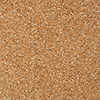 Granite Effect
Granite Effect Terrazzo Effects
Terrazzo Effects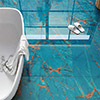 Glass Effect
Glass Effect Subway Tiles
Subway Tiles Victorian Tiles
Victorian Tiles Concreate Effect
Concreate Effect Brick Effect
Brick Effect Square Tiles
Square Tiles Rectangle Tiles
Rectangle Tiles Hexagonal Tiles
Hexagonal Tiles Plank Tiles
Plank Tiles Fan Shaped Tiles
Fan Shaped Tiles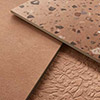 Matt
Matt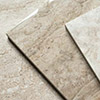 Polished/ Glose
Polished/ Glose Kitchen Wall Tiles
Kitchen Wall Tiles Kitchen Floor Tiles
Kitchen Floor Tiles Splashback Tiles
Splashback Tiles Wood Effect
Wood Effect Marble Effect
Marble Effect Outdoor Wall Tiles
Outdoor Wall Tiles Fireplace
Fireplace Garden Tiles
Garden Tiles Outdoor Floor Tiles
Outdoor Floor Tiles Patio Tiles
Patio Tiles Porch Tiles
Porch Tiles Hallway
Hallway Living room
Living room Balcony Tiles
Balcony Tiles Deck Tiles
Deck Tiles Outdoor Slab Tiles
Outdoor Slab Tiles Wall Cladding
Wall Cladding